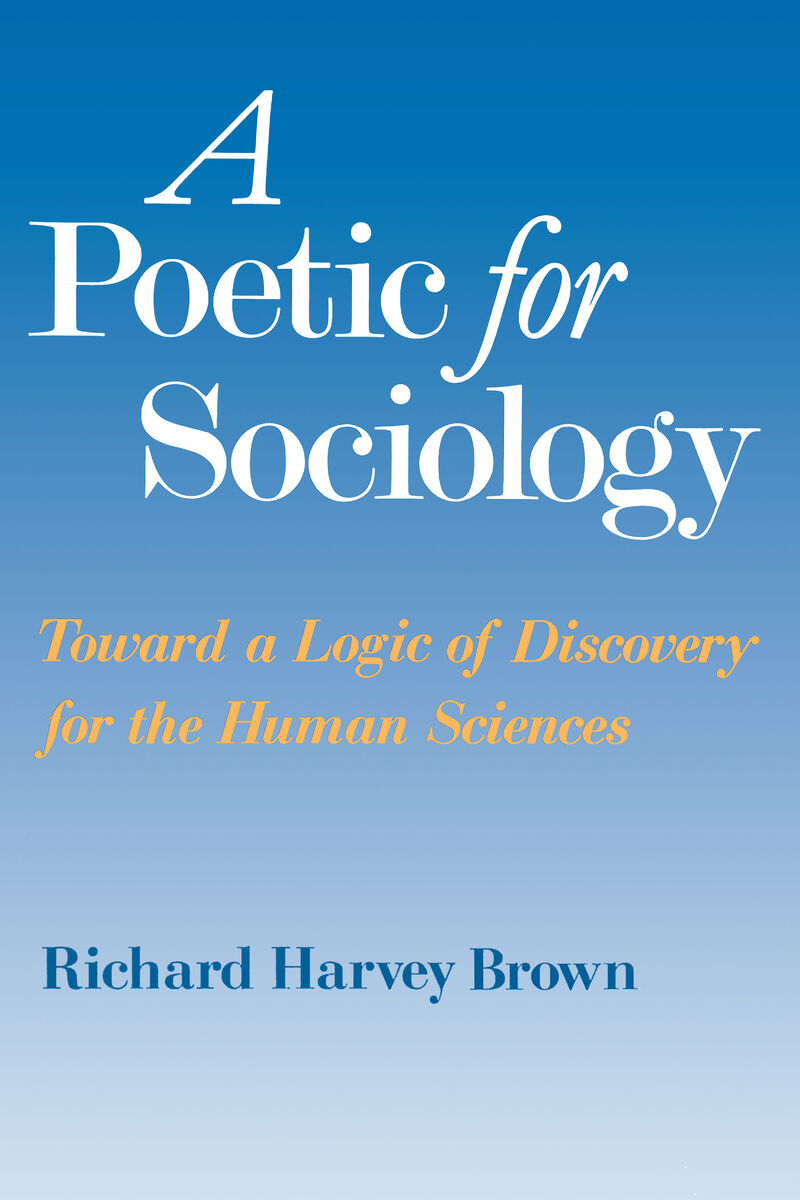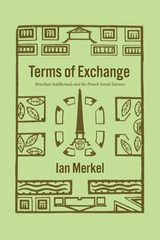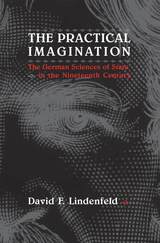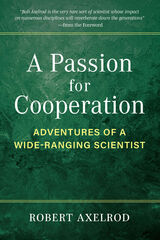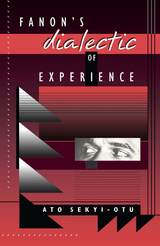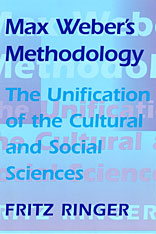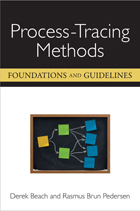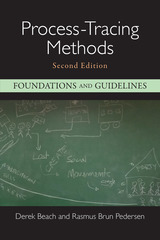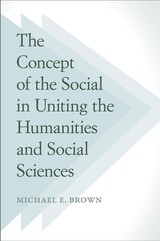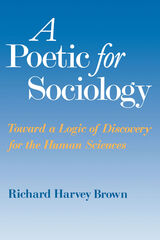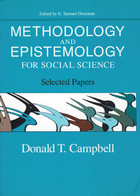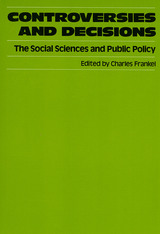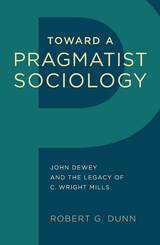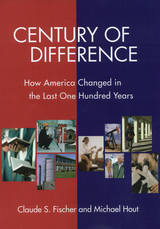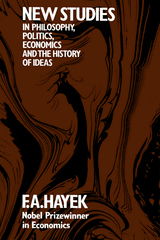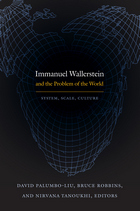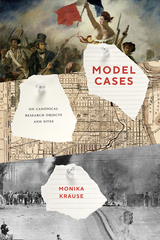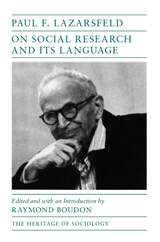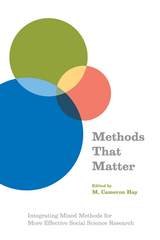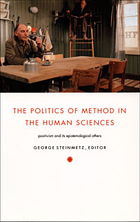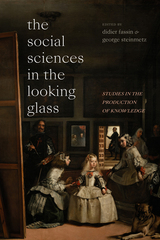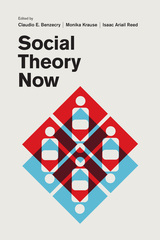A Poetic for Sociology: Toward a Logic of Discovery for the Human Sciences
University of Chicago Press, 1989
Paper: 978-0-226-07619-5
Library of Congress Classification H61.B679 1989
Dewey Decimal Classification 300.18
Paper: 978-0-226-07619-5
Library of Congress Classification H61.B679 1989
Dewey Decimal Classification 300.18
ABOUT THIS BOOK | AUTHOR BIOGRAPHY | TOC | REQUEST ACCESSIBLE FILE
ABOUT THIS BOOK
For too long, argues Richard Harvey Brown, social scientists have felt forced to choose between imitating science's empirical methodology and impersonating a romantic notion of art, the methods of which are seen as primarily a matter of intuition, interpretation, and opinion. Developing the idea of a "cognitive aesthetic," Brown shows how both science and art—as well as the human studies that stand between them—depend on metaphoric thinking as their "logic of discovery" and may be assessed in terms of such aesthetic criteria of adequacy as economy, elegance, originality, scope, congruence, and form.
By recognizing this "aesthetic" common ground between science and art, Brown demonstrates that a fusion can be achieved within the human sciences of these two principal ideals of knowledge—the scientific or positivist one and the artistic or intuitive one. A path, then, is opened for creating a knowledge of ourselves and society which is at once objective and subjective, at once valid scientifically and significantly humane.
By recognizing this "aesthetic" common ground between science and art, Brown demonstrates that a fusion can be achieved within the human sciences of these two principal ideals of knowledge—the scientific or positivist one and the artistic or intuitive one. A path, then, is opened for creating a knowledge of ourselves and society which is at once objective and subjective, at once valid scientifically and significantly humane.
See other books on: Discovery | Humanities | Logic | Social sciences | Toward
See other titles from University of Chicago Press
